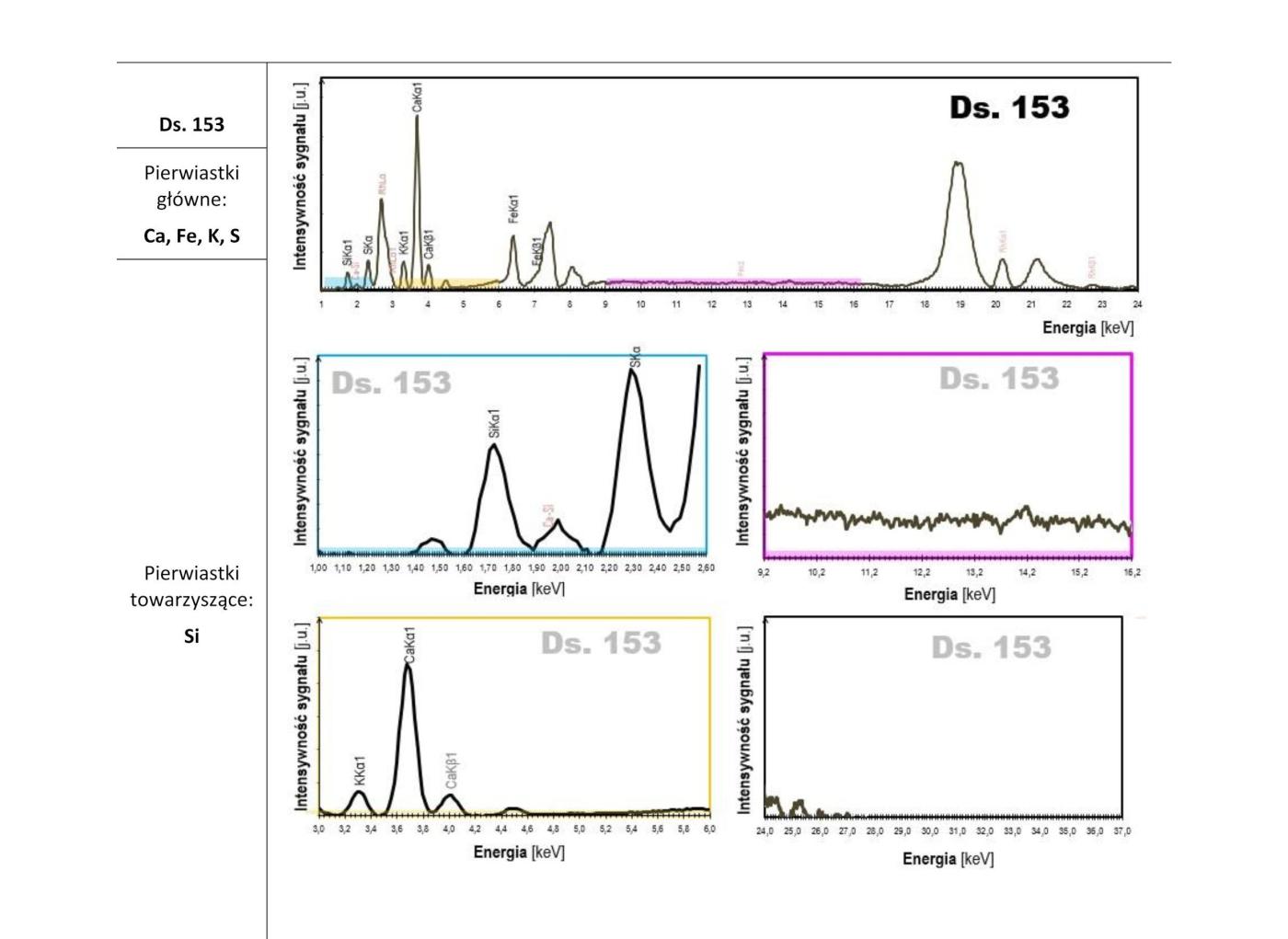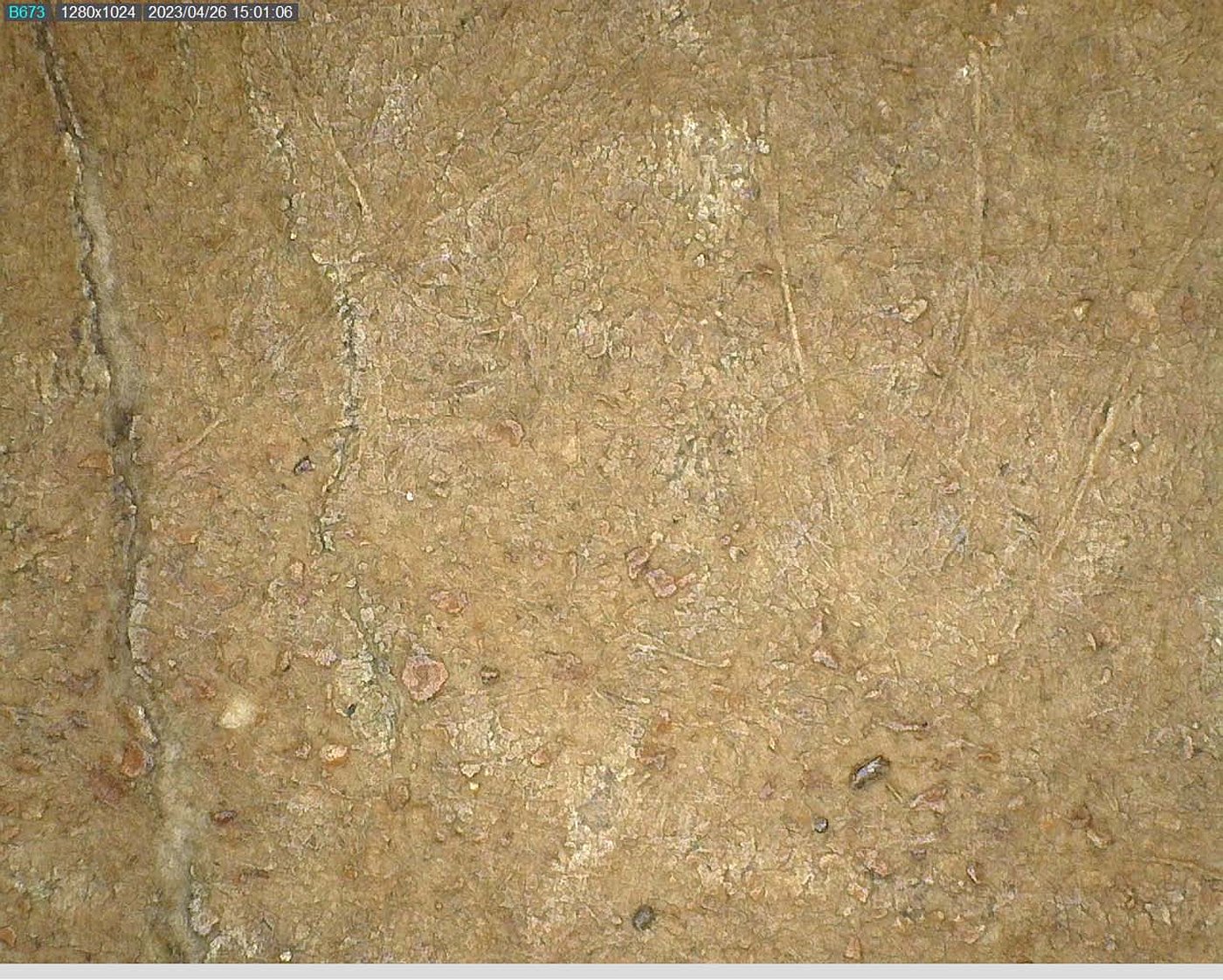DRANGSONG MANUSCRIPTS
|
1. Text number |
Drangsong 153 |
|
2. Text title (where present) in Tibetan |
༄༅།།ལྷ་བསྲུངས[སྲུང]རྣམས་ཀྱིས[ཀྱི]བརྟེན་འཛུགས་བཞུགས་པ་ལེགསྷོ།། |
|
3. Text title (where present) in Wylie transliteration |
lHa bsrungs[srung] rnams kyis[kyi] brten ’dzugs bzhugs pa legs+ho/ |
|
4. A brief summary of the item’s contents |
Ritual for dedicating animals as supports for the protector deities of the world to come down to and bestow blessings on people, and wealth and happiness on earth. |
|
5. Number of folios |
8 |
|
6. Scribe’s name |
None |
|
7. Translation of title |
Setting up supports for the protector deities |
|
8. Transcription of colophon |
ces pa de nas sku kra rab gnas kyis drung du/ pho drang[brang] bkra shis bde ldan nas/ ’gran ’da’[zla] dang bral pas spa chen la/ mtsho byed bsam pa rnam dag gis/ sgo 3 dad pa’i sgo nas phul/ bsrung ma brten btsugs byin rlabs gyis[kyis]/ ’gro rnams longs spyod bde ldan zhing/ bsam pa lhun grub bkra shis shog/ brtan[rten] btsugs lha rta lha g.yag lha ’bri dang/ lha lug lha ra rnams la/ khal bdan mi zhon ’gol yug song na/ mi la tshe thung nad mang bas/ de phyir ’dzem pa gal che’o/ bkra shis so/ yag go/ zhal gro/ legs+ho/ |
|
9. Translation of colophon |
In this way, at the time of the inauguration of the private palace at Trashi Deden Palace, the doctor (‘tsho byed?) bSam pa rnam dag, offered this with devotion from his body, speech and mind to the incomparable sPa chen (< dpa’ chen, “great hero”, perhaps a reference to the King of Mustang?). It is hoped that through the blessings generated by setting up these supports for the divinities, living beings will enjoy abundance and well-being. May this spontaneous wish be fulfilled, and may all be auspicious. These divine supports that are created: the sacred horse, the sacred yak, the sacred yak-cow, the sacred sheep and the sacred goat, shall not be made to carry loads and shall not be ridden. Whoever violates this will live a short life will many illnesses, so the need to abstain from doing so is very important. Blessings. It is good. Good fortune. All is fine. |
|
10. General remarks |
The deities that appear in this text are mainly the Nine Worldly Deities (srid pa’i lha dgu) that are indigenous to Tibet as well as others such as five protecting gods of the individual (’go ba’i lha lnga). At the same time, it can be seen that the deities that appear in the contents, as well as elements such as the sacred yak, the sacred horse and the sacred sheep, are all in line with the mythology of the Tibetan royal family and the ideas of the associated rituals. Therefore, like the wedding texts found in this collection Ming sring dpal bgos, this is very likely to have been a text used by the royal family of Mustang to perform some of the important rituals associated with kingship. The tradition of dedicating domestic animals to divinities is known from various parts of Mustang but has been discontinued. In spite of formal similarities, this ritual is to be distinguished from the Buddhist practice of “life-liberation” (tshe thar), whereby certain animals are marked as ineligible for slaughter. |
|
11. Remarks on script |
dpe tshugs |
|
12. Format |
Loose leaves |
|
13. Size |
8 × 30 cm |
|
14. Layout |
|
|
15. Illustrations and decorations |
|
|
16. Paper type |
Woven, 2 layers |
|
17. Paper thickness |
0.22–0.28 mm |
|
18. Nos of folio sampled |
f. 1 |
|
19. Fibre analysis |
|
|
20. AMS 14C dating |
|
|
21. XRF analysis |
|
|
22. RTI |
|
|
23. GCMS |
|



